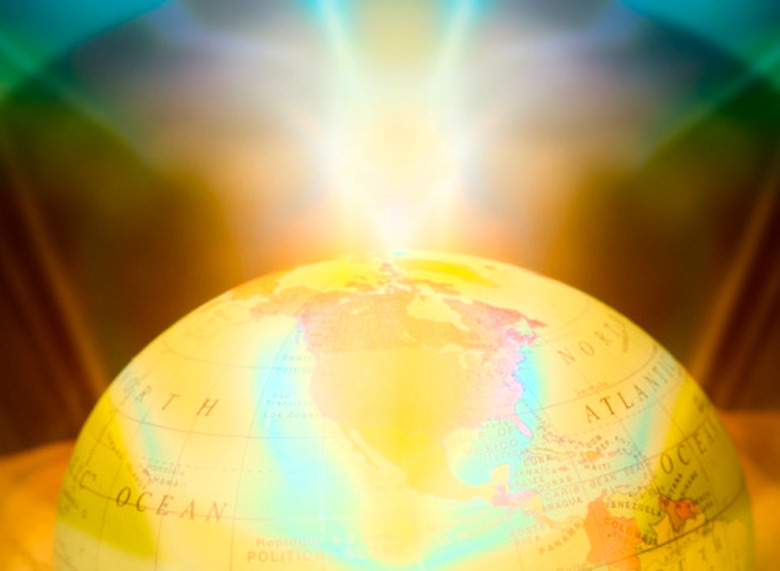Ocean Tide Experiment
Conducting an experiment on ocean tides will help students to develop a better understanding of how gravity works. The experiment will explain why the Earth has a bulge on the side, directly beneath and directly opposite the moon. The moon's orbit creates ocean tides using gravitational pull. Before beginning, explain to students that gravity is the force that pulls all matter in toward the Earth's center.
Materials Needed
Materials Needed
To complete this experiment, students will need the following items: a piece of string (about 2 feet long), a hole punch, a paper cup and water. Students should either be paired up with a partner or placed into small groups, depending on class size. No more than four students should be in each group. This is a hands-on demonstration, so the smaller the groups the better.
Getting Started
Getting Started
Use the hole punch to place two holes in the cup directly across from one another, near the brim. Insert each end of the string into the holes in the cup. Tie the ends securely. This should make a kind of handle with the string. Add water to the cup until it is one-fourth of the way full.
Experiment Procedures
Experiment Procedures
Take the cup to the sink. Turn the cup upside down. The water will pour out. Add more water to the cup, then swing the cup around so that it goes over your head. The water remains in the cup this time. The speed in which the cup is swung determines the amount of pull gravity will have on it.
Explanation
Explanation
The water in the cup is held in place by gravity. When the cup is overturned, the water, being pulled by gravity, pours out. When the cup is in motion, or orbit, it creates its own centrifugal force, nullifying that of gravity. According to Albert Einstein, there is no way to tell the difference between gravity and centrifugal force. Both are considered forms of acceleration. Therefore, the water will remain in the cup even when upside down when this force is created. This is the same principle of motion that causes water directly opposite from the moon to bulge as the moon orbits the Earth.
Cite This Article
MLA
Moore, Terry. "Ocean Tide Experiment" sciencing.com, https://www.sciencing.com/ocean-tide-experiment-8519820/. 24 April 2017.
APA
Moore, Terry. (2017, April 24). Ocean Tide Experiment. sciencing.com. Retrieved from https://www.sciencing.com/ocean-tide-experiment-8519820/
Chicago
Moore, Terry. Ocean Tide Experiment last modified March 24, 2022. https://www.sciencing.com/ocean-tide-experiment-8519820/
